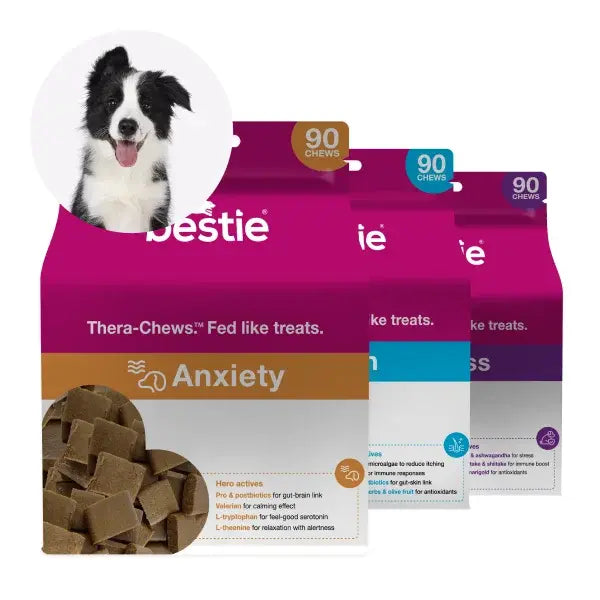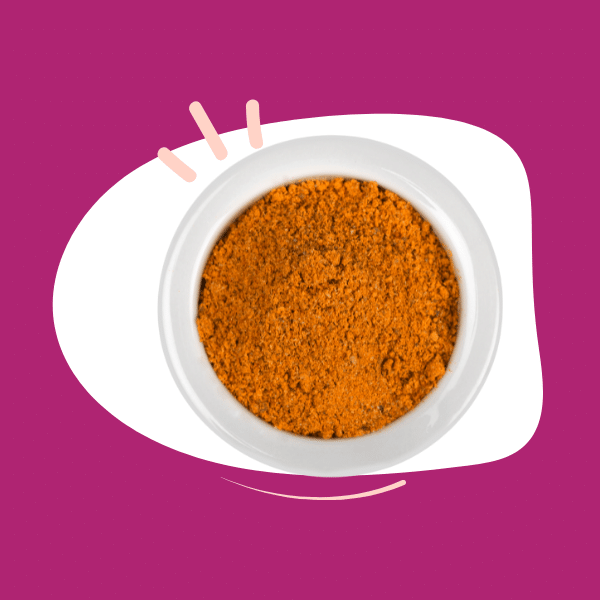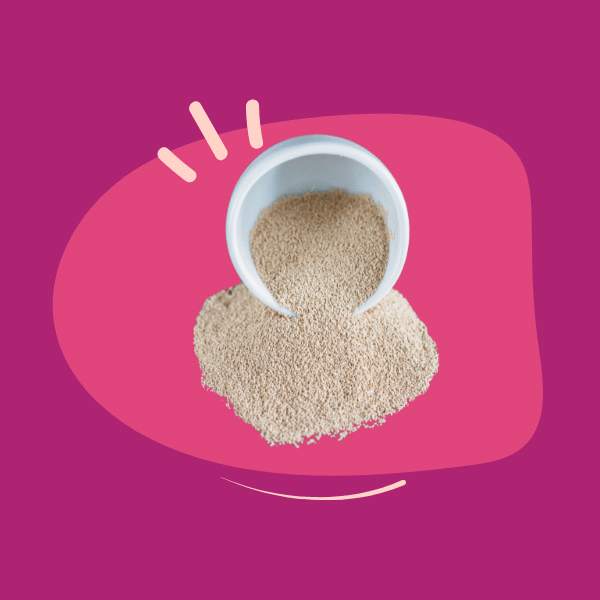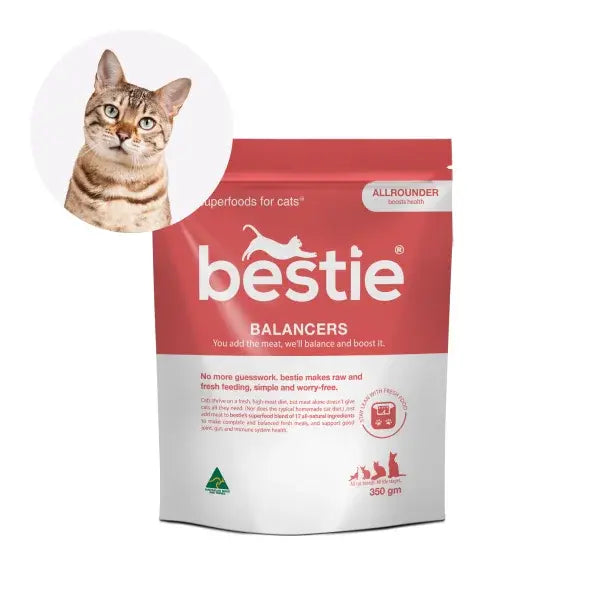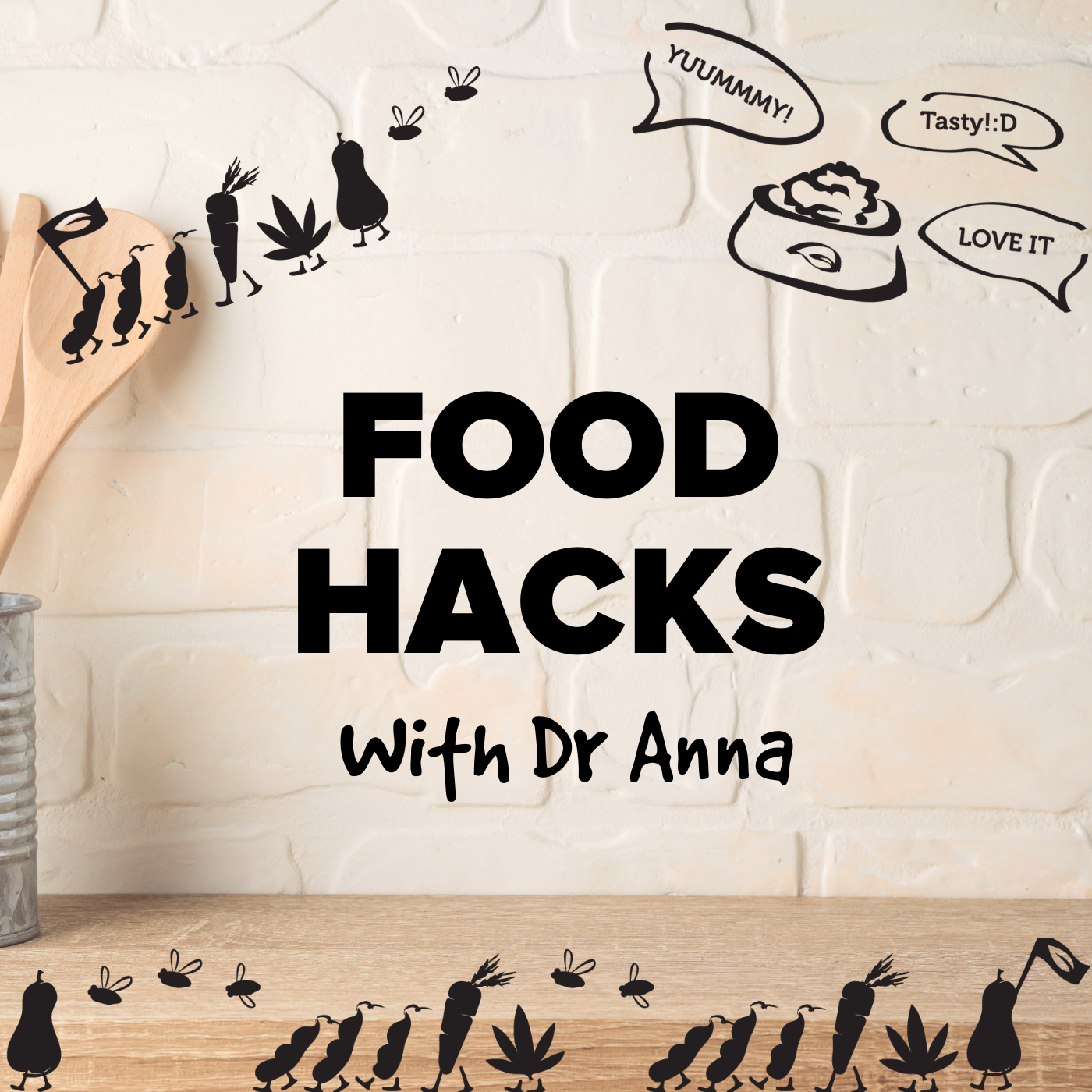As pet parents, we love giving our dogs what they love best, especially when it comes to food! However sometimes it’s hard to know if what they love is actually good for them.
‘Can dogs eat bones?’ is a question that’s commonly asked. The short answer would be yes, dogs can eat some (but not all!) types of bones. However, it’s important for pet parents to understand the risks of feeding their dogs bones and how to minimise them.
In this article we’ll go though:
- Which types of bones our dogs can have
- Possible risks and benefits of feeding bones
- Alternatives to bones
Raw and never cooked
First things first, if you are going to feed your dog a bone, make sure that it is always raw. Bones that have been cooked (even ones you can buy cooked from the pet shop) are more brittle. This means they are more likely to cause damage to our furry friends by fracturing their teeth or injuring and causing tears in the soft tissues of the gastrointestinal system.
Knowing the chewing style of our dog also helps us as pet parents to choose the most suitable bone. Dogs who enjoy taking the day to gnaw their bones can enjoy bigger bones, however we have to give softer and more easily crunched bones to those who will try to swallow them whole.
In addition to feeding bones only when they are raw, it’s a good idea for pet parents to also:
-
Feed in large pieces (to ensure maximum benefit, we’ll get to this later)1
-
Keep an eye on your dog when they are eating them
-
Avoid feeding bones to dogs who have more delicate teeth (puppies and older dogs)
-
Be aware that the benefits of feeding bones are reduced in toy or brachycephalic breeds1
How do raw bones help clean teeth?
As much as our dogs enjoy the mental stimulation of gnawing through bones, it’s not the only benefit! The abrasive action of the two surfaces moving together also acts as a mechanism for teeth cleaning.
It’s also worth mentioning that the timing of giving a dog a bone is important. Plaque becomes harder after 24-48 hours, meaning that if a bone is not given during this time, it’s unlikely to be of benefit.
According to Dr Lonsdale, an Australian vet known for his campaigns against dietary disease epidemics in our pets, it’s important to feed a bone around the size of your dog’s head, to ensure maximum surface area for cleaning. He claims ‘if your dog’s teeth are used as nature intended….they get the wash, scrub and polish necessary to keep plaque bacteria at bay’.1
Dogs used to eating kibble should start with smaller bones because they are easier to chew and will help adapt their body to the required acidity levels for digesting bones.
- Poultry heads, feet, necks and wings are suitable for very small dogs only as larger dogs swallow them whole and they can get stuck.1
- Lamb necks and cow tails are suitable for small and large dog breeds.
- Ribs (lamb or beef), pork feet or the tail from a cow or pig are suitable for larger sized dog breeds.
Dr Lonsdale also points out that ‘self cleaning of teeth occurs best in breeds with mouths resembling wolves’1. This means that in toy or brachycephalic breeds, the abrasive action from bones might not be thorough enough. Veterinary advice is needed to ensure they get the best care for their mouths.
Poor oral health in dogs is something that is well studied but also common. It is a progressive disease which is reversible in the earlier stages but can also lead to more serious systemic diseases in the longer term.
You can read more about keeping your dog’s mouth in good condition and why it’s important in our article ‘Dental care for dogs’.
What are alternative methods to maintain good oral health in dogs?
Pet parents can enjoy the luxury of choice when it comes to helping keep their furry friend’s mouth in the best condition.
Daily brushing with special canine toothpaste (the human ones are dangerous for dogs) for two to three minutes a day starting from a young age, has been shown to be the most effective. Tooth brushing is also the best method of reducing plaque in our dogs.2 You can read more about it in our article ‘Cleaning dogs’ teeth’.
But teeth cleaning is not the only option! For our pets who aren’t so keen on manual brushing, there are a variety of other less intimidating options.
Supplements such as The Smooch from bestie, containing cranberry, green tea and citrus polyphenols, help to reduce oral bacteria and the progression of dental disease. Formulated in veterinary clinical doses by decreasing the oral bacteria, it also freshens breath.
Dental chews and specialist dental dog food can work in the same abrasive way as bones, however not all vets agree that the mechanical cleaning provided by them is thorough enough.
Charlotte Francesca Stiles
Charlotte is a 5th-year veterinary medicine student at the University of Zagreb, Faculty of Veterinary Medicine. She is a volunteer at her university's obstetrical clinic, equine clinic, an editor of her university's scientific journal, and dog mum to 12-year-old Chiki.
Charlotte is particularly interested in wildlife medicine and research and hopes that her current extra-curricular work as a student in this area will help her achieve a scientific career after graduation.
References
- ‘Work wonders’ Tom Lonsdale
- Prospective randomised blinded clinical trial assessing effectiveness of three dental plaque control methods in dogs, R. M. Allan,V. J. Adams,N. W. Johnston, First published: 21 December 2018, https://doi.org/10.1111/jsap.12964,



